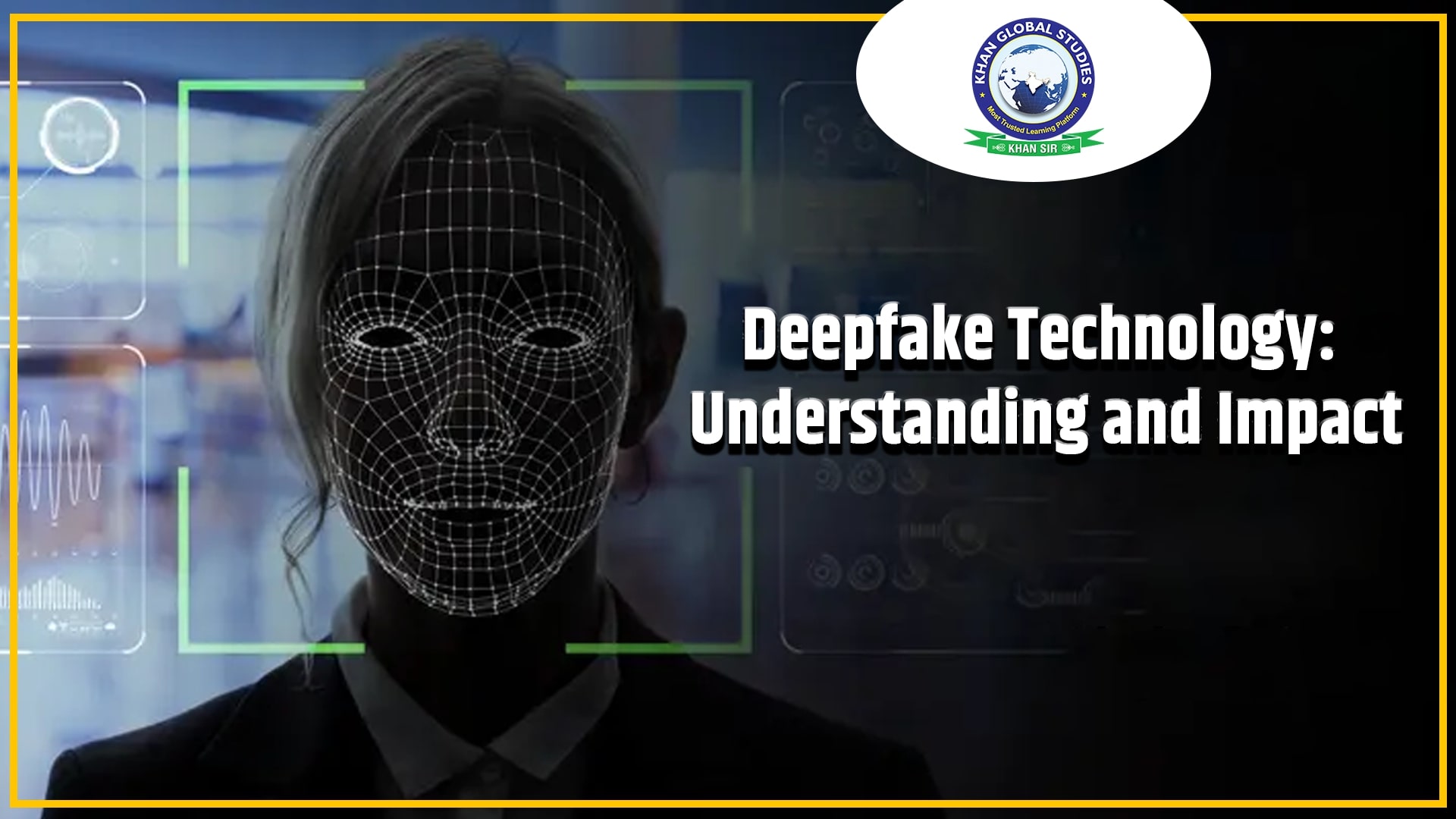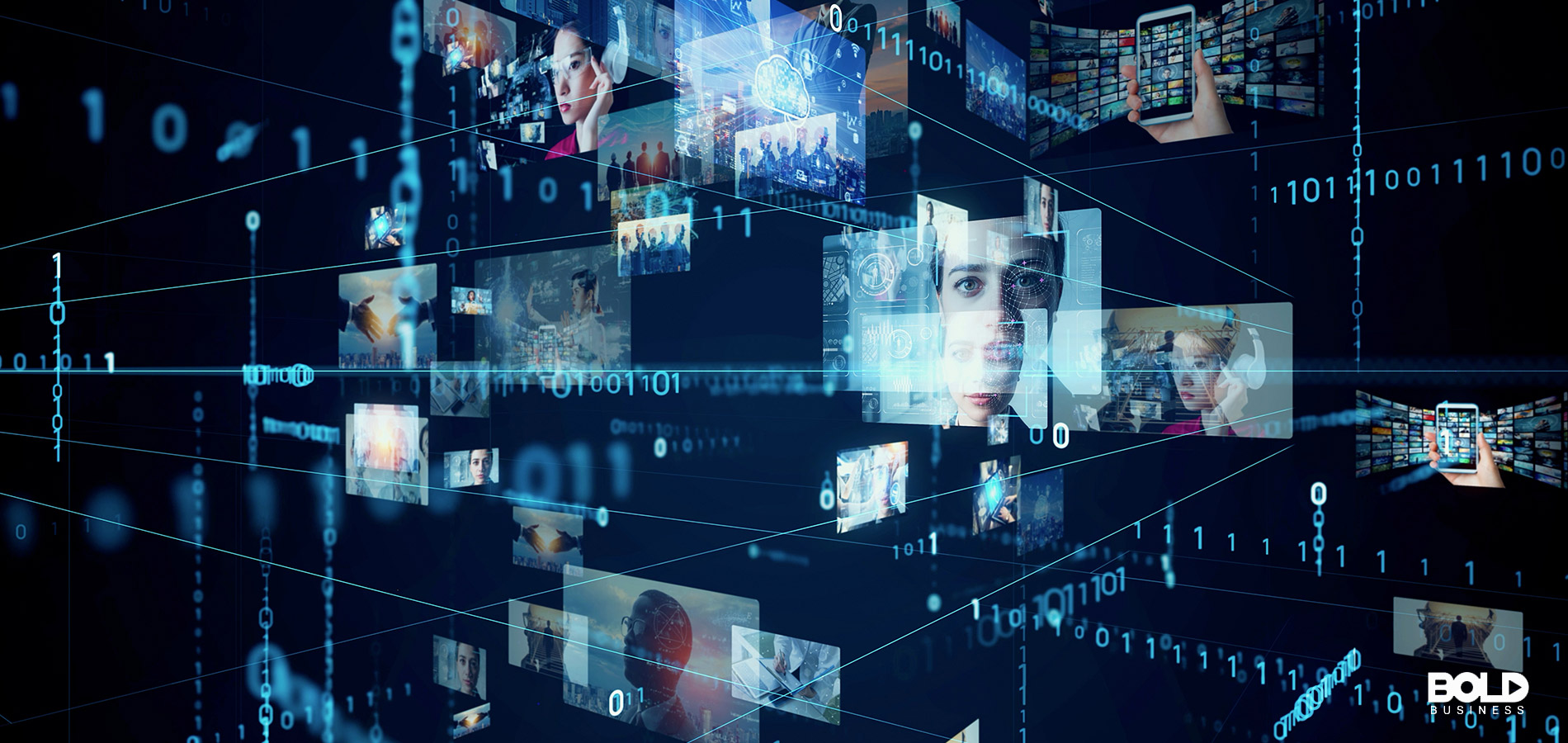Deepfake technology has taken the world by storm, and understanding its implications is more crucial than ever. Imagine a world where videos and images can be manipulated so convincingly that it becomes nearly impossible to distinguish reality from fiction. This isn't science fiction—it's happening right now. Whether you're into tech, media, or just curious about how the digital landscape is evolving, deepfake is a term you need to know. In this article, we’ll dive deep into the phenomenon of deepfake and explore its potential impact on society.
Deepfake isn't just a buzzword; it's a game-changer in the world of digital manipulation. Think about it—what happens when someone can convincingly fake your voice or likeness? The implications are huge, ranging from entertainment to ethics. This article will guide you through the ins and outs of deepfake technology, its applications, and the challenges it poses. So, buckle up because we’re about to unravel the mystery behind Mr. Deepfake.
Before we get too deep into the nitty-gritty, let’s set the stage. Deepfake is not just about creating fake videos. It’s about reshaping how we perceive reality in the digital age. As we delve further into this topic, you'll realize that the future of digital manipulation is here, and it’s more complex than you might think. Let’s get started!
Read also:10 Great Movies To Stream While You Wait For Edgar Wrights The Running Man Remake
What Exactly is Deepfake?
Deepfake refers to the use of artificial intelligence and machine learning to create hyper-realistic manipulated media. It’s not just about altering a few pixels; it’s about creating content that looks so authentic that even experts might have trouble spotting the fake. This technology is powered by Generative Adversarial Networks (GANs), which essentially pit two neural networks against each other to improve the quality of the output.
In layman's terms, think of deepfake as the Photoshop of videos. But instead of just tweaking a few details, you can completely transform someone's appearance, voice, or actions. The possibilities are endless, but so are the risks. From creating realistic movie effects to generating misleading political content, deepfake technology is a double-edged sword.
How Does Deepfake Work?
Behind every deepfake lies a complex process. Here's a quick rundown of how it works:
- Data Collection: The first step involves gathering a large dataset of images, audio clips, or videos of the person you want to manipulate.
- Training the Model: Using machine learning algorithms, the system analyzes the data to learn patterns and characteristics.
- Generating Output: Once the model is trained, it can generate new content that mimics the original subject, whether it's a video or audio clip.
It’s like teaching a computer to mimic someone’s behavior or appearance, but with a level of sophistication that makes it almost indistinguishable from the real thing.
The Evolution of Deepfake Technology
Deepfake technology didn’t just appear overnight. It’s the result of decades of advancements in AI and machine learning. Back in the day, creating realistic digital effects was the domain of Hollywood studios with massive budgets. But with the rise of AI, the tools for digital manipulation have become more accessible to the average person.
Remember when deepfake first hit the scene? It started as a way to swap faces in videos, often used for entertainment purposes. But as the technology evolved, its applications expanded far beyond just fun and games. Today, deepfake is being used in everything from marketing campaigns to political propaganda.
Read also:Is Cooper Flagg Playing The Rising Star In Esports
Deepfake Through the Years
Here’s a quick timeline of how deepfake technology has evolved:
- 2017: The term "deepfake" was coined, and the first examples of face-swapping videos began to surface.
- 2019: Deepfake technology gained mainstream attention, with high-profile examples making headlines.
- 2021-Present: The technology has become more sophisticated, raising concerns about its potential misuse.
As the technology continues to advance, the line between reality and fiction becomes increasingly blurred.
The Impact of Deepfake on Society
Deepfake isn’t just a technological marvel; it’s a societal challenge. The implications of this technology are far-reaching, affecting everything from politics to personal privacy. Imagine a world where anyone can create convincing fake videos of world leaders, celebrities, or even your next-door neighbor. The potential for misuse is staggering.
But it’s not all doom and gloom. Deepfake technology also has positive applications. In the entertainment industry, it’s being used to create stunning visual effects and bring deceased actors back to life on the big screen. In healthcare, it’s helping doctors simulate surgeries and train medical professionals. The key lies in how we choose to use this powerful tool.
Positive vs. Negative Uses of Deepfake
Let’s break it down:
- Positive Uses: Entertainment, education, healthcare, and creative industries.
- Negative Uses: Disinformation, cyberbullying, and identity theft.
It’s a balancing act, and the responsibility falls on us to ensure that deepfake technology is used ethically and responsibly.
Deepfake in the Media
Media outlets have been both fascinated and wary of deepfake technology. On one hand, it offers exciting possibilities for storytelling and content creation. On the other hand, it poses a significant threat to journalistic integrity. With the rise of fake news, the ability to create convincing deepfake videos adds another layer of complexity to the media landscape.
Journalists and media organizations are now faced with the challenge of verifying the authenticity of content. This has led to the development of new tools and techniques to detect deepfakes. But as the technology continues to evolve, so too must our methods of detection.
How Media is Responding to Deepfake
Here are some ways the media is tackling the deepfake challenge:
- Fact-Checking: Increased efforts to verify the authenticity of content.
- Collaboration: Working with tech companies to develop better detection tools.
- Education: Raising public awareness about the dangers of deepfake technology.
It’s a race against time, and the media is doing its best to stay one step ahead of the deepfake creators.
Deepfake and Privacy Concerns
Privacy is a major concern when it comes to deepfake technology. With the ability to create realistic fake videos, individuals are at risk of having their identities stolen or manipulated. This raises serious ethical questions about consent and the right to control one’s digital image.
Think about it—what happens when someone creates a deepfake video of you saying or doing something you never actually did? The consequences can be devastating, affecting your reputation, relationships, and even your mental health. This is why it’s crucial to have laws and regulations in place to protect individuals from the misuse of deepfake technology.
Legal and Ethical Challenges
Here are some of the key legal and ethical challenges posed by deepfake:
- Consent: Ensuring that individuals give permission for their likeness to be used in deepfake content.
- Accountability: Holding creators accountable for the misuse of deepfake technology.
- Regulation: Developing laws to govern the use of deepfake technology.
It’s a complex issue, and finding a balance between innovation and regulation is no easy feat.
The Future of Deepfake Technology
So, where is deepfake technology headed? As AI continues to advance, the possibilities are limitless. We can expect to see even more sophisticated deepfake creations in the future, with applications ranging from entertainment to education. But with great power comes great responsibility.
The challenge lies in ensuring that deepfake technology is used for good rather than harm. This requires a collective effort from tech companies, policymakers, and the public to establish guidelines and safeguards. The future of digital manipulation is here, and it’s up to us to shape it in a way that benefits society as a whole.
Predictions for the Future
Here’s what the future might hold for deepfake technology:
- Increased Accessibility: As the tools become more user-friendly, more people will have access to deepfake technology.
- Improved Detection: Advances in AI will lead to better tools for detecting deepfake content.
- New Applications: Emerging fields like virtual reality and augmented reality will find new uses for deepfake technology.
The future is bright, but it’s also fraught with challenges. It’s a journey we’re all on together.
Deepfake and Artificial Intelligence
Deepfake technology is a product of artificial intelligence, and the two are deeply intertwined. As AI continues to evolve, so too will deepfake technology. This means that the possibilities for digital manipulation are only going to increase. But with this power comes the responsibility to use it wisely.
Artificial intelligence has the potential to transform industries, from healthcare to finance. Deepfake is just one example of how AI is reshaping the world. By understanding the technology behind deepfake, we can better prepare for the future of digital manipulation.
The Role of AI in Deepfake
Here’s how AI is driving the deepfake revolution:
- Machine Learning: The backbone of deepfake technology, allowing for the creation of hyper-realistic content.
- Data Analysis: AI’s ability to analyze large datasets makes it possible to train deepfake models effectively.
- Innovation: AI is pushing the boundaries of what’s possible in digital manipulation.
It’s a fascinating intersection of technology and creativity, but one that requires careful consideration.
Conclusion: Embracing the Future of Digital Manipulation
Deepfake technology is here to stay, and its impact on society will only grow in the coming years. By understanding the implications of deepfake, we can better prepare for the challenges and opportunities it presents. Whether you’re a tech enthusiast, a media professional, or just someone curious about the digital world, deepfake is a topic worth exploring.
So, what’s next? Take a moment to reflect on what you’ve learned and consider how you can contribute to shaping the future of digital manipulation. Share this article with your friends, leave a comment, and let’s keep the conversation going. Together, we can ensure that deepfake technology is used responsibly and ethically.
Table of Contents
- What Exactly is Deepfake?
- How Does Deepfake Work?
- The Evolution of Deepfake Technology
- The Impact of Deepfake on Society
- Deepfake in the Media
- Deepfake and Privacy Concerns
- The Future of Deepfake Technology
- Deepfake and Artificial Intelligence
- Conclusion: Embracing the Future of Digital Manipulation


